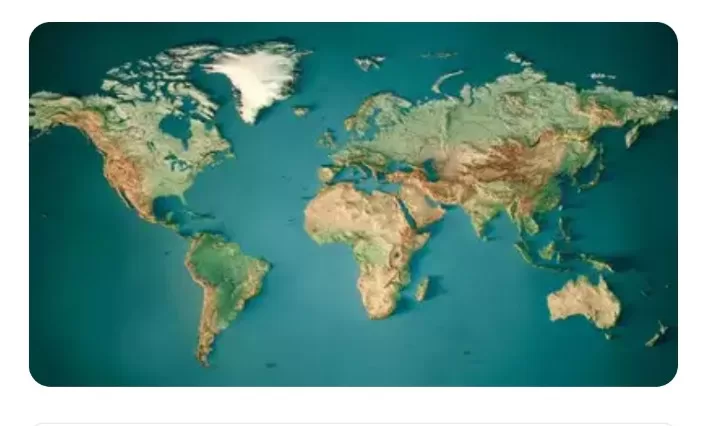In a monumental scientific discovery, researchers have unveiled remnants of a continent, named Argoland, in Southeast Asia. These fragments, once part of the Australian landmass, have drifted to the eastern side of Indonesia over a span of 155 million years. The continent, now identified as “Argoland,” was originally a cohesive landmass as vast as the United States.
Eldert Advokaat, a geologist at Utrecht University and one of the authors of the groundbreaking discovery, explained the complexity of their research, stating, “We were dealing with islands of information, which is why our research took so long.” This seven-year-long study traced the journey of these fragments, providing valuable insights into the geological history of our planet.
Unlike other continents that split into two nearly equal pieces, Argoland fragmented into smaller pieces, hindering a clear understanding of its evolution. The discovery, published in the peer-reviewed journal Gondwana Research on October 19, showcases how these microcontinents survived and drifted towards the eastern side of Indonesia. To capture the essence of this fragmented ensemble, researchers coined the term “Argopelago.”
The findings not only contribute to understanding the Earth’s evolution but also offer key insights into the development of current biodiversity and ecosystems. Scientists assert that this discovery plays a crucial role in deciphering climate evolution and biodiversity, shedding light on the Wallace Line—a mysterious barrier running through Indonesia, influencing the distinct wildlife on Southeast Asian islands.
This groundbreaking revelation challenges previous assumptions about the disappearance of Argoland, presenting it as a dispersed collection of microcontinents that held its own unique life before colliding with Southeast Asia. As researchers unravel the complexities of Argoland’s journey, the study paves the way for a deeper understanding of geological processes shaping our planet.







